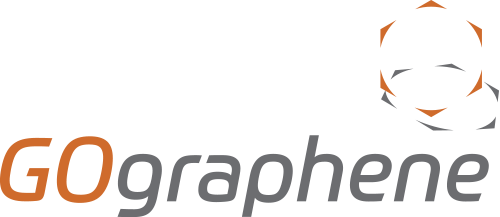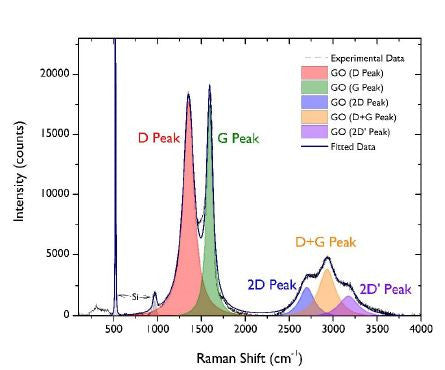Graphene Oxide and The Internet of Things
The Internet of Things, often referred to as IoT, refers to a network of physical devices which are able to communicate data. These devices can include cars, appliances, heating, lighting and security systems. In order to work, these devices need to be equipped with software, electronics and sensors, they also need to work with the internet infrastructure that already exists. Consumer IoT devices are already on the market in the shape of smart home appliances such as Hive Active Heating and The Amazon Echo, however the vision for the IoT stretches into the connectivity of trillions of devices - a vision that can only be realised through further innovation and research of all aspects required by the IoT.
A recent paper published in Scientific Reports demonstrates the potential for graphene oxide in wireless humidity sensing. The group investigated the relative dielectric permittivity of graphene oxide under various humidity conditions at GHz, showing that increased humidity leads to an increase in the permittivity. This is a result of higher humidity leading to a greater uptake of water. By printing a graphene antenna with the graphene oxide layer, the researchers were then able to create a battery free and wireless radio-frequency identification (RFID) humidity sensor. As the device is sensitive to its surrounding humidity, it could be used as a low-cost local humidity sensor in IoT applications.
This research serves as another great example of how graphene oxide has the potential to enable a diverse range of innovations and applications. The graphene oxide supplied through GOgraphene is being used in both academic and industrial research in many sectors. If you are interested in using graphene oxide in your research, please let us know and a member of the team will be happy to help you.
Scientific Reports, 2018, 8, 43


